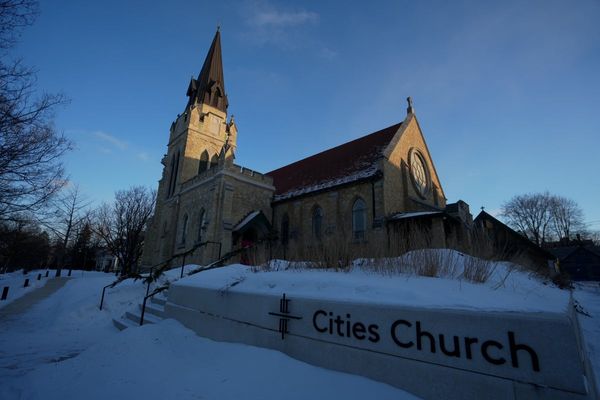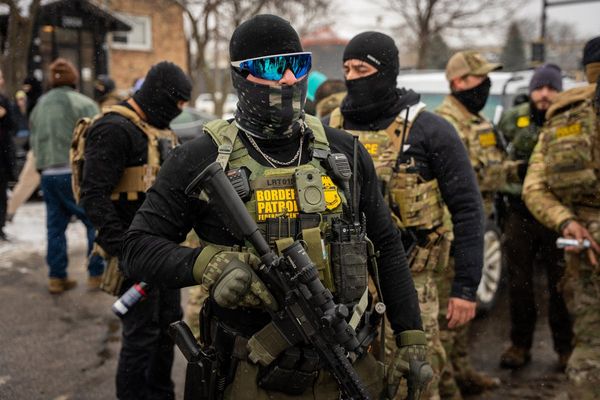A panel of international scientists has warned that humanity’s continued existence is at greater risk than ever before, largely as a result of Russia’s invasion of Ukraine.
The Bulletin of the Atomic Scientists set its Doomsday Clock at 90 seconds to midnight, the closest to midnight the clock has been since it was established in 1947 to illustrate global existential threats at the dawn of the nuclear weapons age.
Rachel Bronson, the president and CEO of the Bulletin, said the clock had been moved forward from 100 seconds to midnight, where it had been for the previous three years, “largely, though not exclusively, because of the mounting dangers in the war in Ukraine”.
“We are living in a time of unprecedented danger, and the Doomsday Clock time reflects that reality. Ninety seconds to midnight is the closest the clock has ever been set to midnight, and it’s a decision our experts do not take lightly,” Bronson said.
The hands of the clock are set each year by the Bulletin’s science and security board with the support of the its board of sponsors, which includes 10 Nobel laureates.
A statement accompanying the decision said: “Russia’s war on Ukraine has raised profound questions about how states interact, eroding norms of international conduct that underpin successful responses to a variety of global risks. And worst of all, Russia’s thinly veiled threats to use nuclear weapons remind the world that escalation of the conflict – by accident, intention, or miscalculation – is a terrible risk.”
“The possibility that the conflict could spin out of anyone’s control remains high,” the statement went on, adding that the Russian invasion had placed the Chornobyl and Zaporizhzhia nuclear reactor sites in the midst of a war zone, in violation of international protocols and risked the “widespread release of radioactive materials”.
At the clock announcement, Steve Fetter, the dean of the graduate school and professor of public policy at the University of Maryland, was asked by a journalist from the Russian state-run news agency, Tass, whether the western provision of modern armaments to Ukraine, potentially including tanks and fighter jets, had an impact on arms control and the risks of nuclear war.
“The US and Russia have a strong shared interest in avoiding nuclear war and in minimising nuclear risks and we should be able to pursue this,” Fetter said. “US military assistance to Ukraine may complicate those efforts, but … I think [it] is essential for the long-term risks of nuclear war, nuclear proliferation, that Ukraine is able to resist the invasion and repel Russian forces. And so we should do everything we can to support Ukraine in that.”
When the Doomsday Clock was set at 100 seconds to midnight in 2020, it was then a record and the Bulletin’s scientists said at the time it was driven by the risk of civil collapse in the event of nuclear weapons use and the climate crisis in an “profoundly unstable” point in history.
The closest the clock came at the height of the cold war was two minutes to midnight in 1953 after the first detonation of a hydrogen bomb. At the time of the Cuban missile crisis, the hands were at seven minutes to midnight, but the Bulletin’s board decided not to move them despite the crisis because by the time it came to make the decision, the near catastrophe appeared to have given Washington and Moscow fresh impetus to work towards risk reduction and arms control.







